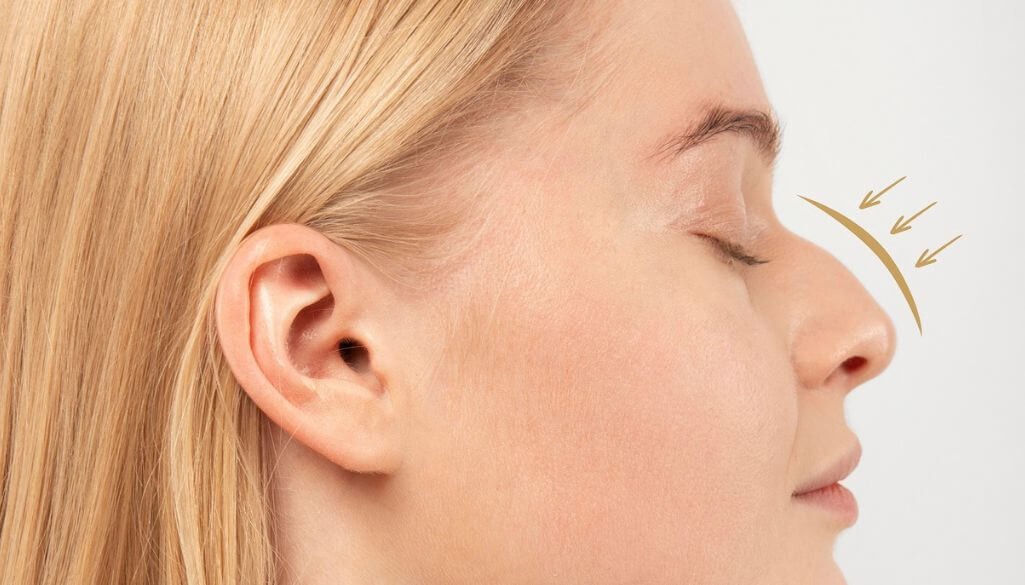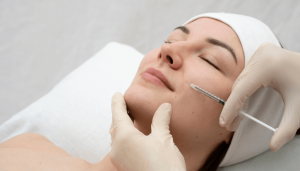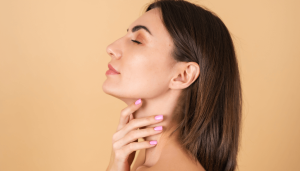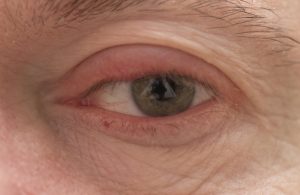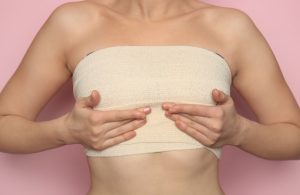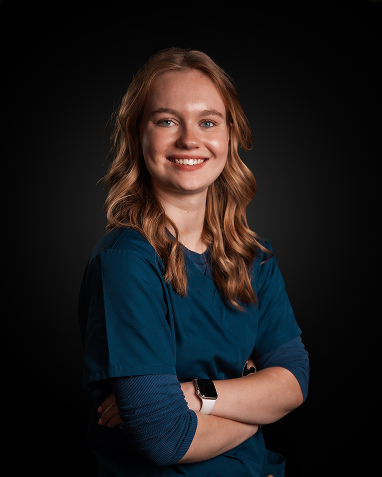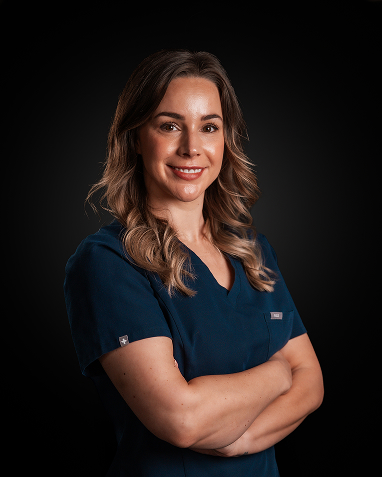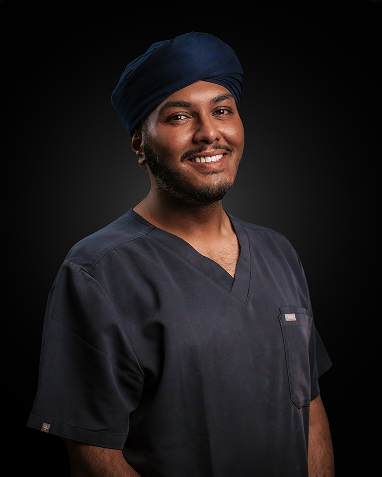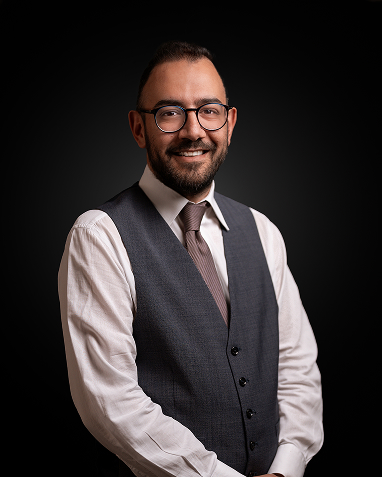A Roman nose, also known as an aquiline nose or hooked nose, is a distinct and striking nose shape. While many embrace its bold look, others may feel self-conscious and wish for a softer profile.
If you have a Roman nose and want to alter its appearance, this blog can be your perfect guide.
Learn what a Roman nose is, why individuals might want to change it, and how fillers can assist you in getting a smoother, straighter appearance, without surgery.
Roman Nose
A Roman nose is one nose shape with a high bridge and a slight curve or bump. It tends to project outward from the face and could have a slightly drooping tip. Overall, the look is strong and distinct, particularly in the side view.
A number of well-known Roman statues indeed featured this style of nose, and that’s where the term is derived from. Individuals with this type of nose are also perceived as powerful and confident.
Other Terms & Associations with Roman Nose
The Roman nose is also referred to as an Aquiline nose. “Aquiline” is derived from the Latin term “aquilinus,” meaning “eagle-like.” That is because the curved shape of the nose is believed to be similar to the beak of an eagle.
Discover the various types of noses and how they impact facial balance.
Characteristics of a Roman Nose
What does it mean if you have a Roman nose? It means your nose may have a:
High and Prominent Bridge
The bridge of the nose is high and distinctly visible from the side. It typically begins high at the nasal root and descends in a straight or slightly curved line.
There is a tiny bump or arch over the bridge of the nose, typically in the middle. It may be more or less apparent depending on the lighting and angle.
This characteristic tends to enhance the typical Roman look. The nose tip can slightly droop downward, further emphasising the hooked look, particularly when viewed in profile.
The nose projects directly out from the forehead in a relatively straight line before the hump starts. This projection makes for a strong facial centre.

Ready to achieve your aesthetic goals?
- CQC-Registered Clinic with Nationally Recognised Leadership
- Over a Decade of Surgical & Aesthetic Expertise
- Personalised treatment plans tailored to your needs
From the side, the shape produces a chiselled and striking appearance. The Roman nose contributes an air of maturity and character to the face.
The nose can overpower the face, focusing attention on the central third. It can also make other features look less prominent or more recessive. This can make the face appear more dramatic at times.
Remember: Not all individuals with these characteristics will want to alter them; naturally, most people adore the personality that a Roman nose provides.
Why Fix an Aquiline/Roman Nose?
Although a Roman nose can look very pleasing, others might feel self-conscious about its appearance, particularly from the side. There are several general reasons individuals seek to alter this kind of nose:
Feeling Self-Conscious About Profile
Some individuals believe that their nose appears too large or “hooked” from some angles, particularly in pictures. The prominent curve and tip can attract unwanted attention and cause a person to feel embarrassed about their appearance.
Wish for a Softer, Straighter Appearance
Removing the hump can reduce the size of the nose and make it properly balanced to the rest of the face. A straighter nose tends to integrate more seamlessly with other facial features, such as the chin, eyes, and forehead.
Cultural or Personal Preferences
Social media, beauty trends, or family support may also influence this choice. Some simply want to feel more at ease.
Regardless of the reason, never forget that it’s your choice, and it should be something that feels right to you.
How to Correct a Roman Nose?
There are two primary forms of treatment for this nose shape:
Nose fillers, also known as non-surgical rhinoplasty, are a fast and temporary solution with minimal to zero downtime. This option is favoured by those who seek change in the appearance of their nose without surgical intervention.
For addressing cartilage or nasal septum issues, non-surgical rhinoplasty is often the preferred option. It is a permanent procedure that involves reshaping the bone and cartilage. It has a recovery time and is performed under general anaesthesia. It is more expensive than nose fillers and may come with various complications.
Why Nose Fillers to Fix a Roman Nose Appearance
A liquid nose job is the process of injecting hyaluronic acid-based dermal fillers into specific areas of the nose to enhance its shape. These fillers augment volume in the areas where it is required to give the nose a straight and more symmetrical shape.
With Roman noses, fillers in the nose can:
By inserting filler above or below the hump, the curved profile can be disguised. The profile appears straight. The adjustment is subtle yet effective.
Strategic placement of filler can enhance the way the nose relates to the chin, lips, and eyes, creating overall better symmetry and facial balance.
Make the Nose Look Straighter
The shape overall becomes more linear and surgery-free. This will minimise the visibility of the Roman curve while maintaining a natural appearance.
Benefits of Non-Surgical Correction of Roman Nose
Here’s why increasingly more individuals are opting for fillers for their Roman nose:
Most procedures are done within 30 minutes. Great for hectic schedules, you can have it on your lunch break. Quick, simple, and convenient.

Ready to achieve your aesthetic goals?
- CQC-Registered Clinic with Nationally Recognised Leadership
- Over a Decade of Surgical & Aesthetic Expertise
- Personalised treatment plans tailored to your needs
You can go to work, do errands, or meet friends immediately after your visit. You do not need rest or bandages. You can proceed with your day.
You’ll notice a significant change in the shape of your nose before you even leave the clinic. No delay for swelling to subside.
No anaesthetic, no hospital stay, and significantly fewer risks make it a safer and more cost-effective option. It’s perfect for first-time patients.
With skilled placement, the results are subtle but dramatic. Your nose will appear improved, not “false.”
Final Thoughts
A Roman nose is a bold feature that many adore, but if you prefer a straighter, more balanced appearance, you don’t have to undergo surgery. Nose fillers provide a fast, discreet, and non-surgical solution to boost your profile with minimal downtime or none at all. It’s about feeling confident in your own skin.
You might be the right candidate to fix a Roman nose with fillers if you:
- Want a non-surgical solution.
- Looking for quick, safe results.
- Seeking facial balance.
However, if your bump is too prominent or your nose is extremely curved, surgery may be a better option; for most individuals, fillers are a great solution.
If you are in Leeds and looking for expert advice about fixing a Roman nose, consult the Yorkshire Skin Centre experts for nose fillers.
They will address all your questions and help you feel comfortable with your decision. No hard sell, just honest guidance.
FAQs
1. What ethnicity usually has a Roman nose?
People from Southern Europe (like Italy and Greece) often have Roman noses. But anyone from any background can have one.
2. How rare is a Roman nose?
The high and prominent nose bridge, a primary characteristic of a Roman nose, is rare; it is said that only 9% of people have it.
3. What is the difference between a Greek nose and a Roman nose?
A Greek nose is straight with no bump, while a Roman nose has a curved bridge and may have a small hump.
4. What are the benefits of a Roman nose?
- It gives a strong, bold look.
- It can make the face look more defined and unique.
- Some people find it very attractive.
